Injection Moulding in China
Are you looking for a company to assist you with plastic part manufacturing in China? P&A International is one of the leading contract manufacturers for plastic injection moulding in China. Specialising in mould design and plastic part manufacturing we are Chinese owned and operated company recognised for delivering quality product and service. Our core services are:
- Advisory services to support part development at design stage
- Manufacturing 3D prototypes and samples via CNC, Stereolithography and Selective Laser Sintering
- Injection Moulding die design and manufacturing
- Production runs of plastic injection moulded parts
With years of experience P&A can assist you in the design, prototyping stage through to tooling and manufacturing of plastic injection moulding parts in China. Our staff will ensure that you receive all the information you need to make the right decisions about your injection moulding, material selection, colors, packaging and any other aspects.
Quote plastic injection moulded part
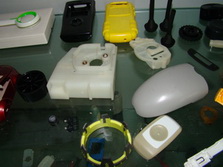
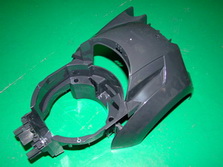
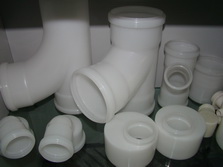
Type of plastic to use
Choosing the right type of plastic for the job is often critical and we are confident of the quality of our advice because it is based on knowledge we have gained through many years in injection moulding industry and plastic part manufacturing. We process a wide selection of thermoplastic materials including PVC, Nylon, Polycarbonate, Noryl, Styrene, Polystyrene, Polypropylene & Acrylic. Injection moulding parts can range from 3 grams to 10,000 grams. Plants incorporate use of robotic assisted part picking, drying and packing to minimize overheads and deliver lowest possible part cost. Consider that when choosing injection moulding China provides the best ratio of costs and quality.
Plastic component and tooling design
Equipped with the latest CAD software and experience our injection mould design staff will take your product from your drawing and design the mould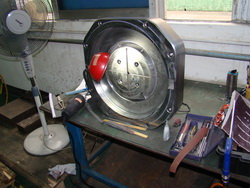 to produce the product you have specified. By having in house mould designers, toolmakers and mould shop we have a closed loop evaluation process that enables us to deliver desired result. We assist with material selection and component design to optimise manufacturing. P&A work will work closely with your project manager as part of your design team and a strategic sourcing partner. We perform flow process simulation to optimise part concept and tooling design. Gate designs analysis, filling, packing, runner balancing, cooling all optimased. Prototypes are made to validate designs and sample production runs are performed as per of the testing stage to evaluate the final tooling and part designs.
to produce the product you have specified. By having in house mould designers, toolmakers and mould shop we have a closed loop evaluation process that enables us to deliver desired result. We assist with material selection and component design to optimise manufacturing. P&A work will work closely with your project manager as part of your design team and a strategic sourcing partner. We perform flow process simulation to optimise part concept and tooling design. Gate designs analysis, filling, packing, runner balancing, cooling all optimased. Prototypes are made to validate designs and sample production runs are performed as per of the testing stage to evaluate the final tooling and part designs.
There are many benefits in building your plastic injection moulding tool and parts in China. We offer you a wide range of types of steel for tooling including German, Sweden and USA grades for particular cores to achieve the desired results. Tools can be made for short or long lifespan’s and also for use by third party offshore.
Quality
All our facilities are ISO accredited. We aim to manufacture products that comply and exceed the specifications supplied by our customers. P&A review manufacturing processes and procedures and provide staff training to ensure we meet our quality objectives
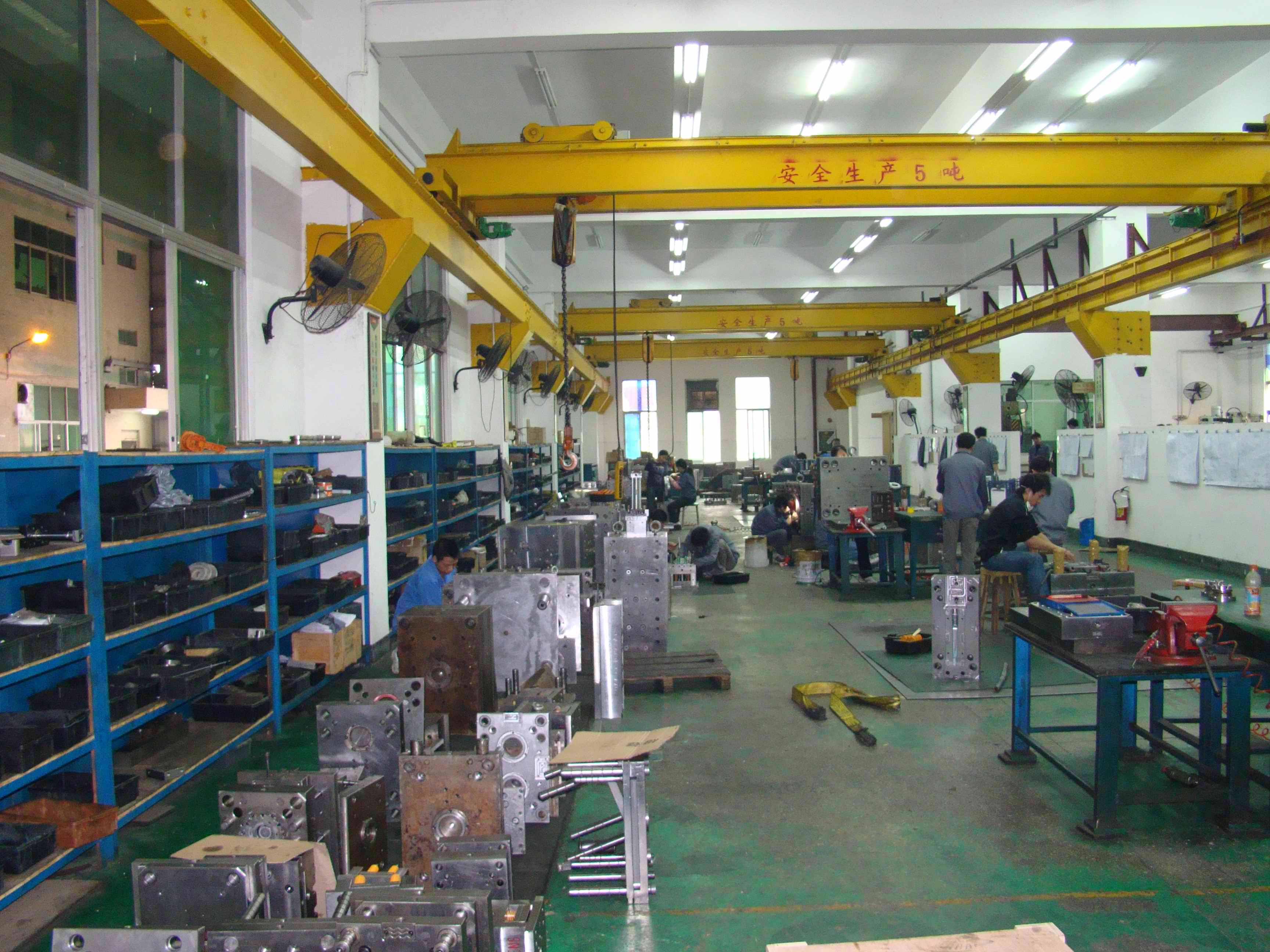
Abbreviations for Rubber types
EPR - ethylene propylene rubber
SBR - styrene butadiene rubber
EPDM - ethylene propylene diene monomer rubber
SAN - styrene acrylonitrile copolymer
SI - silicone
SMC - thermoset polyester sheet Moulding compound
TPE - thermoplastic elastomer
TPO - thermoplastic olefin
TPU - thermoplastic urethane
UF - urea formaldehyde
Abbreviations for Common Polymers
Polymers are commonly referred to by both their names and abbreviations. Commercial polymers are also frequently referred to by the trade names of their manufacturer.
ABS - acrylonitrile-butadiene-styrene terpolymer
BMC - thermoset polyester bulk Moulding compound
EVA - ethylene-vinyl acetate copolymer
LCP - liquid crystal polymer
PA - polyamide, commonly called nylon
PAN - polyacrylonitrile
PAS - polyarylsulfone
PBD - polybutadine
PBT - polybuylene terephthalate
PC - polycarbonate
PE - polyethylene see also:
HDPE - high density PE
LDPE - low density PE
LLDPE - linear low density PE
VLDPE - very low density PE
HMW-HDPE - high molecular weight HDPE
UHMWPE – ultra high-molecular-weight polyethylene
PEEK - polyetheretherketone
PEK - polyetherketone
PEI - polyetherimide
PES - polyethersulfone
PET - polyethylene terephthalate
PET-G - glycol modified PET
PI - polyisoprene
PS-b-PI - polystyrene/polyisoprene block copolymer
PI - polyimide
PK - polyketone
PMMA - polymethyl methacrylate, commonly called acrylic
PMP - polymethylpentene
POM - polyoxymethylene, commonly called acetal
PP - polypropylene
PPA - polyphthalamide
PPO/PPE - polyphenylene oxide, polyphenylene ether
PPS - polyphenylene sulfide
PS - polystyrene
EPS - expanded polystyrene
HIPS - high impact polystyrene
PSO,PSU - polysulfone
PTFE - polytetrefluoroethylene
PU,PUR - polyurethane
PVA - polyvinyl alcohol (sometimes used for polyvinyl acetate)
PVAc - polyvinyl acetate
PVC - polyvinylchloride, commonly refered to as vinyl
PVOH - alternate abbreviation for polyvinyl alcohol
List of plastic processes
Gas assist injection moulding GAIM
This process utilises high pressure nitrogen gas to produce hollow injection moulded components resulting in lower weight and shorter cycles and reduced visual sinking. Variants of this process include ‘external gas moulding’ and ‘internal gas moulding’This process allows more design freedom. It allows discreet coring out of a thick product and thicker ribbing and can also eliminate sink marks.
Water assist injection moulding WAIM
This process is used in the manufacture of complex hollow items leaving a relatively uniform wall section. Water is used to displace polymer melt and provide the packing pressure during the cooling phase of the cycle. Typical examples; manifolds, elbows, water pipes.The suggested advantages of WAIM over GAIM are:
-Thinner residual wall thickness (RWT) - lower material usage.
-Higher cooling rate - particularly where water is circulated.
-Improved internal surface finish.
This process has been most popular in automotive components that are typically thick sectioned. For instance, conduits that convey fluids around an engine and car door handles.
Metal injection moulding MIM
MIM is an advanced manufacturing process for forming small, complex, high-precision and high performance metal parts. It is a development of the traditional powder metallurgy (PM) process and has several key advantages. In the PM process, parts with undercuts or projections at right angles to the pressing direction cannot normally be directly made. The MIM process substantially removes this limitation.
Co-Injection Moulding, 2 component moulding, multi-component moulding
Similar to injection moulding but with multiple extruders to produce a single component from two 2 or more different parent materials or colours. Typical applications are soft overmoulding to produce seals or ergonomic soft-touch handles. Examples are – screwdrivers, soft-grip handles, cup-holders, toothbrushes.
Thin wall injection moulding TWIM
Thin wall moulding is defined as a wall thickness of less than 0.025 in (0.62 mm) or a flow length to wall thickness ratio of greater than 200. When compared to standard injection molding, high melt flow materials are used (30-60 MFI), along with accumulator assist injection and higher injection speeds and pressures. Stack molds are common.
Micro moulding
Recent advances in miniature moulding technology has seen major growth in the area of micro moulding for electronics and medical applications.
Thermoplastic Injection moulding
Thermoplastic Injection moulding is the most widely used of all plastic processing methods. Injection moulding offers the lowest piece prices available, but tooling prices are generally the highest. The injection molding machine reduces pelletized raw material into a hot liquid. This "melt" is forced into a cooled mould under tremendous pressure. After the material solidifies, the mould is opened and a finished part is ejected.
Thermoset injection moulding
Thermoset injection moulding is similar to thermo-plastic injection moulding except that uncured thermoset resins are mixed, injected, and held in a heated mould until cured. As with thermoplastic moulding, the price per piece can be low, but the tooling prices are generally very high.
Blow moulding
This method is typically used to create hollow parts; jars, bottles, containers, etc Part prices for this style of plastic and rubber services are generally higher than injection moulded parts, but lower than rotationally moulded parts. Tooling costs are moderate.
Rotational moulding
Rotational moulding uses hollow moulds filled with powdered resin, Low tooling costs and high piece prices are typical of this process.
Compression moulding
Compression moulding services use a slug of hard media pressed between the two halves of a heated mould. After being formed, the part is air-cooled. Both tooling and piece part prices are moderate.
Thermoforming plastic moulding
Thermoforming plastic moulding uses sheets of pre-extruded rigid plastic as the feed material. These are heated horizontally and sucked down into hollow one-piece tools.
In-mould labelling IMD
(Also referred to as In-mould decorating) Mainly used in injection moulding. Robotically placed individual pre-printed decorative labels are loaded during each machine cycle into the mould tool. To assist adhesion during the closing and material flow stages, the label and tool is electrostatic charged.
Plastic welding
Plastic welding – various plastic welding processes are employed dependant upon part geometry, size and polymer used. Ultrasonic welding, hot-plate welding, vibration welding, laser welding and spin welding can all be used.
Structural foam moulding
Structural foam moulding is a term commonly used to describe components made by the injection moulding process which have a cellular core in which the outer surface is denser than the inner layers. The core of the moulding is of a honeycomb nature and less dense than the outer surface. Also microcellular injection moulding (MuCell). Advantages and applications include - Wine corks, Energy absorbing foam, low weight products, impact absorbing pads.
Moisture conditioning
Some plastics, including nylons will absorb moisture from the atmosphere, which alters their physical properties. Properties affected include brittleness and dimensional stability. Moisture absorption can be as high as 2% of a products weight. A pigment is often applied during the moisture conditioning process to identify treated parts.
Usefull Links